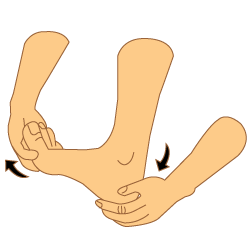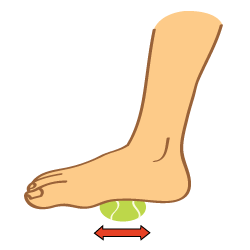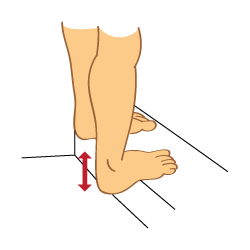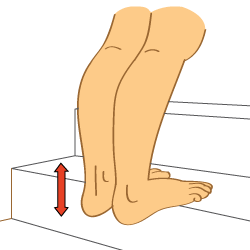Plantar Fasciitis Stretches
For every given scenario, there are always multiple outcomes depending on which information is provided or researched. The internet is full of so many pages of irrelevant information that is just copied and pasted, and because it is so frequently copied becomes the voice of the topic whether it is right or not.
One issue is information that claims inflammation of tendons and ligaments is treatable by stretching. Ligaments are a piece of tissue that joins two bones together creating stability. Stretching is not a capability that this piece of tissue has.
Take for example the plantar fascia. This is a ligament that creates the arch of your foot. The plantar fascia connects the heel bone to the metatarsals (balls of your feet) to help with proper balance and gait.
Stretching the injury during the recovery process of any muscle, tendon or ligament is not good. Restricted mobility is required during the recovery of a broken or fractured bone, and the same should be done for an injury to a ligament, tendon or muscle. During the healing process, stretching any tissue, such as the plantar fascia, causes inflammation and pain. Your body works at bringing the ligament back to where it needs to be during periods of rest. The pain that is being felt when the first few steps are being made in the morning is all of the healing that's occurred over the course of the night that is now being disrupted.
When stretching the plantar fascia is talked about, the ligament itself cannot be stretched, but the muscles around that area can be stretched and warmed up to help alleviate some of the pain that could occur due to re-tearing of the plantar fascia.
Below is a list of stretches that will help limber up the surrounding muscles.




